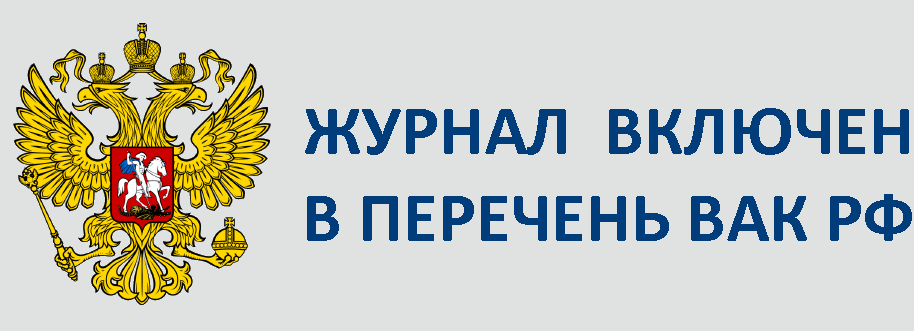№2-2019-13
DOI: 10.22281/2413-9912-2019-03-02-104-114
УДК 93 (282.247-34) 66351
Черкасов А.В.
ПЕРВОБЫТНАЯ ИСТОРИЯ КРЫМА НА СТРАНИЦАХ «ИЗВЕСТИЙ» КРАЕВЕДЧЕСКИХ ОБЩЕСТВ (ПЕРВАЯ ТРЕТЬ ХХ ВЕКА)
В статье проанализированы публикации, посвященные исследованию памятников первобытной истории в Крыму и напечатанные в региональных изданиях — «Известиях» Таврической ученой архивной комиссии (ТУАК) и Таврического общества истории, археологии и этнографии (ТОИАЭ) в период 1918 – 1930 годов. Это позволило проиллюстрировать количественную и качественную динамику исследований каменного века Крымского полуострова как академическими центральными учреждениями, так и местными подвижниками, и научными организациями. При этом, если материалы ИТУАК ориентировались на развернутую характеристику известных и новых открытых первобытных стоянок, включая описания коллекций кремневых орудий, то во второй половине 20-х годов ХХ века на страницах ИТОИАЭ были реализованы первые попытки разработки классификации комплексов артефактов, создания типологических рядов вещей в относительно-хронологической последовательности, а также выделения археологических периодов культур. Кроме этого, параллельно с традиционной формой подачи материала – информативный отчет–описание, появились публикации, свидетельствующие о становлении отечественной историографии первобытной археологии Крыма. Все это способствовало формированию комплексного подхода к исследованию древнейшей истории Крыма и включению стоянок и местонахождений палеолита — неолита в сводную археологическую карту полуострова.
Ключевые слова: история и историография каменного века, древнейшая история Крыма, палеолит, мезолит, неолит, археология первобытного общества, первобытный памятник, персоналия ученого.
Cherkasov A.V.
PRIMARY SALES HISTORY OF THE CRIMEA ON THE PAGES OF “JOURNALS” OF THE LOCAL HISTORY SOCIETIES (FIRST THIRD OF THE XX CENTURY)
The article analyzes the publications devoted to the study of the monuments of prehistory in the Crimea and printed in regional publications – «The Bulletin» of the Taurian scientific archival commission (TSAC) and Tauride society of history, archaeology and ethnography (TSHAE) in the period of 1918 – 1930s. This made it possible to illustrate the quantitative and qualitative dynamics of stone age studies of the Crimean Peninsula by both academic Central institutions and local scientists and organizations. At the same time, if the materials of the BTSAC focused on the detailed characteristics of the known and new open primitive sites, including descriptions of collections of flint tools, in the second half of the 20-ies of the twentieth century on the pages of the BTSHAE, the first attempts were made to develop a classification of complexes of artifacts, to create typological series of things in a relatively chronological sequence, as well as the allocation of archaeological periods of cultures. In addition, in parallel with the traditional form of presentation – informative report–description, there were publications indicating the formation of the national historiography of the primitive archeology of the Crimea. All this contributed to the formation of an integrated approach to the study of the ancient history of the Crimea and the inclusion of sites and locations of the Paleolithic Neolithic in the consolidated archaeological map of the Peninsula.
Keywords: history and historiography of the stone age, the oldest history of the Crimea, Paleolithic, Mesolithic, Neolithic, archeology of primitive society, primitive monument, personality of the scientist.
Государственный Морской университет им. адмирала Ф.Ф. Ушакова
State Maritime University. Admiral F. F. Ushakov






